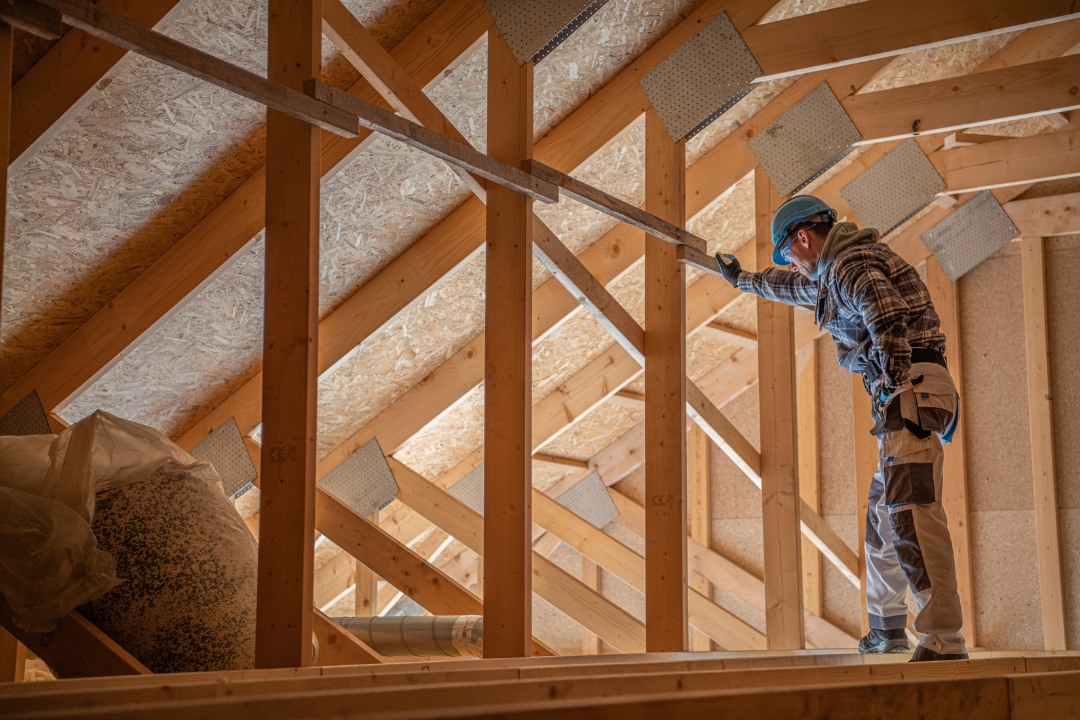
What Is R Value in Insulation? Before You Install
If you’ve started researching insulation for your home, you’ve likely come across the term R-value. But what is R value in insulation—and why should it matter to you as a homeowner?
In simple terms, R-value measures how well insulation resists heat flow. The higher the R-value, the better the insulating power.
But there’s more to it than just picking the highest number on a chart. Let’s break down what you need to know before making any installation decisions.
Understanding the Basics: What Is R Value in Insulation?
R-value stands for “resistance value.” It quantifies the thermal resistance of insulation, which is its ability to slow down the transfer of heat. In other words, it measures how effectively your insulation keeps warm air inside during winter and hot air out during summer. This helps maintain a consistent temperature indoors and lowers the workload on your HVAC system.
The meaning of R value in insulation becomes especially important when you consider how different materials—and even thicknesses—can dramatically impact performance. For example, a few inches of spray foam can offer a much higher R-value than the same thickness of fiberglass batt.
Why R Value Matters for Energy Efficiency
Insulation with the correct R-value can make a huge difference in your energy bills. When your home retains more heat in the winter and stays cooler in the summer, your heating and cooling systems don’t have to work as hard. This means lower monthly costs and a more comfortable indoor environment year-round.
According to Energy.gov, proper insulation and air sealing can reduce heating and cooling costs by up to 20%. That’s why understanding the R-value of insulation is more than just technical jargon—it directly impacts your home’s comfort and energy usage.
R Value by Insulation Type
Not all insulation is created equal. Here’s a quick overview of typical R-values per inch for common materials:
| Insulation Type | R-Value Per Inch |
| Fiberglass Batts | R-2.9 to R-3.8 |
| Cellulose (Blown-in) | R-3.1 to R-3.8 |
| Spray Foam (Open-cell) | R-3.6 to R-3.9 |
| Spray Foam (Closed-cell) | R-6.0 to R-7.0 |
| Rigid Foam Boards | R-4.0 to R-6.5 |
These values can vary slightly depending on the manufacturer, but they give you a good idea of how much insulation you’ll need to achieve your desired performance.
Matching R Values to Different Areas of Your Home
Different parts of your home need different R-values based on their exposure to the elements. Here are some general guidelines for what R-value of insulation you should aim for, based on U.S. Department of Energy recommendations:
- Attic: R-30 to R-60
- Walls (exterior): R-13 to R-21
- Floors over unheated spaces: R-25 to R-30
- Basement walls: R-11 to R-15
- Crawlspaces: R-19 to R-30
These numbers can change depending on your climate zone. Homes in colder regions require higher R-values than those in milder climates. You can find your zone by referencing the U.S. climate zone map to get more tailored recommendations.
How to Select the Right R Value for Your Home
To determine the best R-value for your insulation, consider the following:
- Your Local Climate
Colder climates need higher R-values, especially in attics and crawlspaces. Southern zones can get by with lower R-values due to less intense winters. - The Type of Insulation You’re Using
Closed-cell spray foam offers more insulation power per inch than batt insulation, but it’s also more expensive. Depending on your space constraints, you might choose a higher-performance material to hit your target R-value with fewer inches. - Your Budget
Higher R-values usually come with higher costs. Balance your upfront budget with long-term energy savings. Sometimes it’s more cost-effective to insulate key areas well than to spread low-performance insulation throughout the entire home. - Rebates and Energy Programs
Some state and federal programs offer rebates for homes that meet specific R-value standards. That can help offset the cost of better materials or professional installation.
Common Misconceptions About R Value
While R-value is important, it’s not the only factor in how well insulation performs. Air sealing, moisture control, and installation quality also matter. Poorly installed insulation—even with a high R-value—can leave gaps that reduce its effectiveness. That’s why it’s essential to work with professionals who know how to maximize both material performance and installation technique.
Another myth is that “more is always better.” You can reach a point of diminishing returns where adding more insulation doesn’t significantly improve performance. Choosing the right R-value, not just the highest, is the smartest strategy.
Trust the Experts for R-Value Decisions
If you’re still unsure about which R-value you need, it’s a good idea to consult professionals who specialize in insulation. They’ll inspect your home, assess existing insulation levels, and help you choose the right solution based on local codes, climate, and energy efficiency goals.
A reliable contractor will also ensure your insulation is installed properly—whether it’s in your attic, walls, crawlspace, or basement. For in-depth technical insights and regional guidelines, the EPA’s Energy Star site is a great resource.
Ready to Insulate with Confidence?
Now that you understand what is R value in insulation, you’re one step closer to making an informed decision for your home. Whether you’re renovating, building new, or simply trying to cut down your utility bills, knowing the right R-value can help you get better comfort, savings, and performance out of your insulation.
Don’t guess—get the facts and choose wisely. Reach out to a certified insulation specialist today and find the perfect R-value solution tailored to your home.
